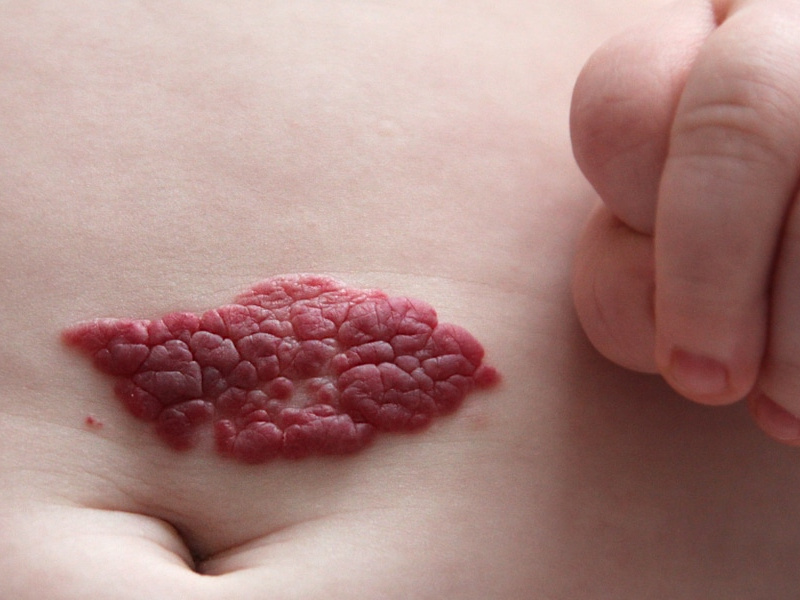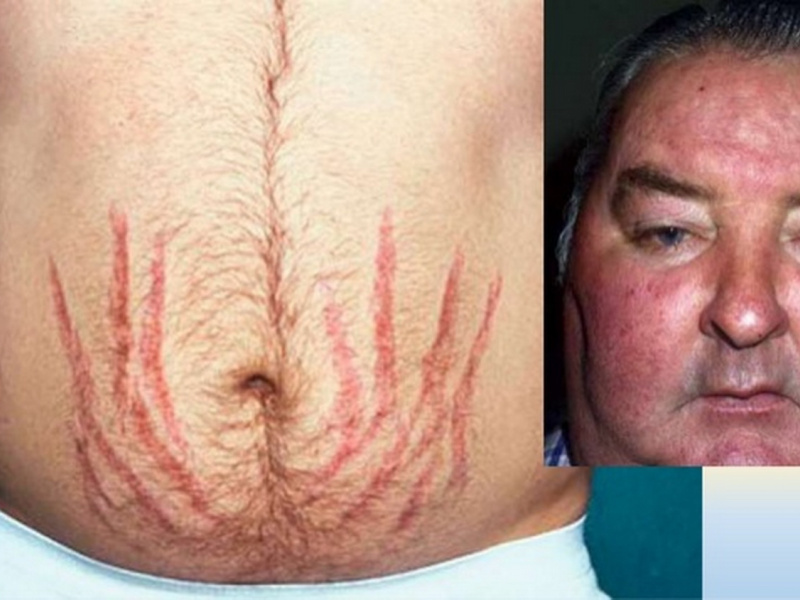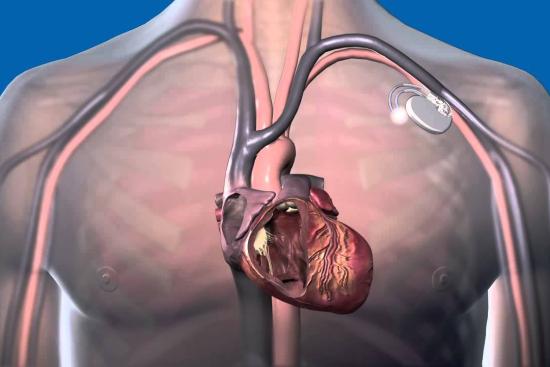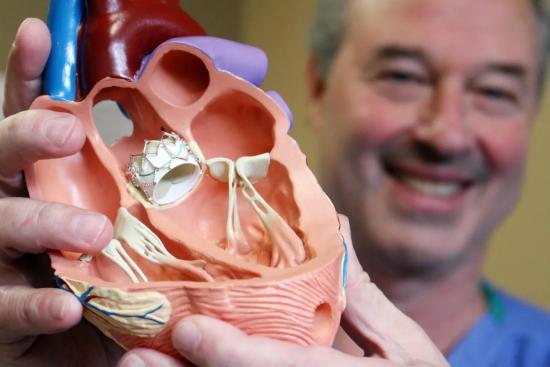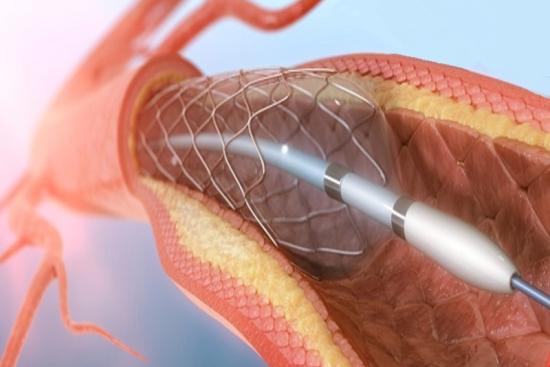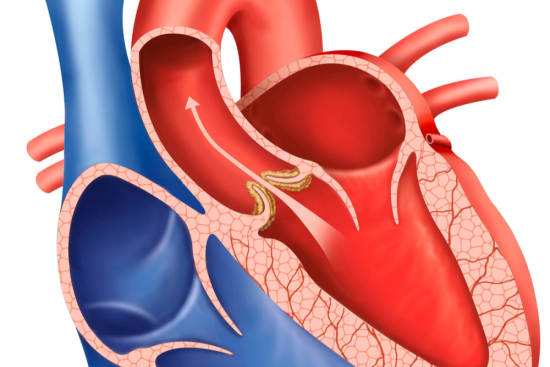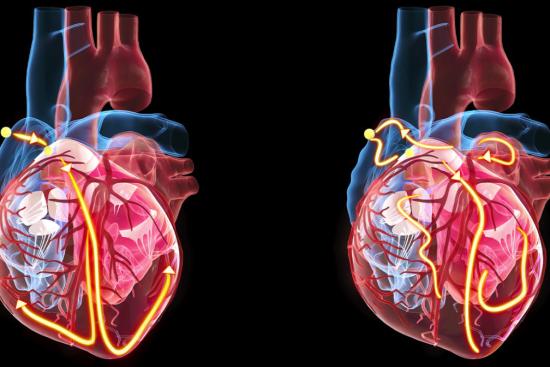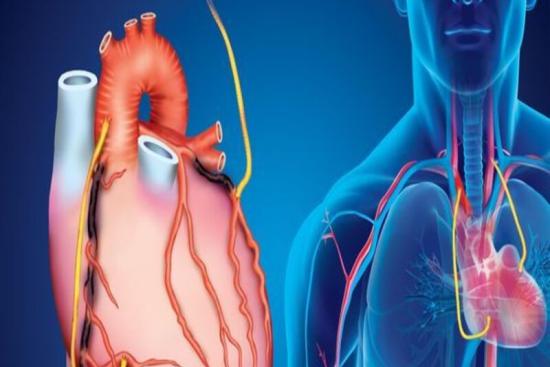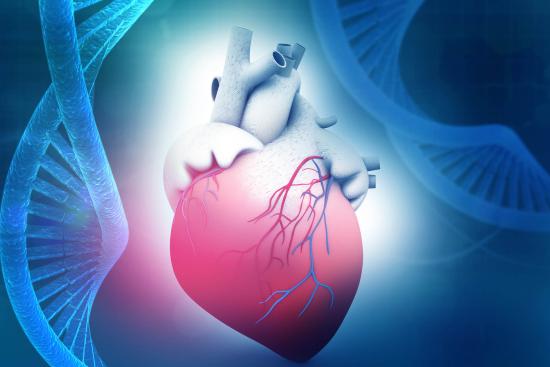Have you noticed a red or purplish spot on your skin? It could be a hemangioma, a benign vascular growth that sometimes indicates deeper cardiovascular concerns. If you've recently been diagnosed or have a family history of vascular disease, it's normal to feel concerned. The good news is that modern medicine offers effective and personalized treatments.
In Turkey, many patients trust specialized clinics and expert physicians to treat hemangiomas, whether simple or related to more complex cardiovascular issues.
What is a hemangioma?
Hemangiomas are benign tumors that develop from blood vessels. It is an abnormal proliferation of capillaries, or small blood vessels, under the skin or within the body.
Depending on their appearance, depth, and location, there are several forms of hemangioma:
- Infantile hemangioma: It is very common in infants and appears a few days or weeks after birth. Although initially striking, most cases spontaneously regress before the age of 10.
- Capillary hemangioma: It is superficial and bright red and often resembles a strawberry stain on the skin.
- Cavernous hemangioma: It is deeper and bluish. It can become enlarged and sometimes cause local discomfort or pain.
- Internal hemangioma: It may develop in organs such as the liver, brain, kidneys, or spleen. It is usually discovered by chance during ultrasounds, CT scans, or MRIs and requires regular monitoring.
Where do hemangiomas most commonly appear?
Hemangiomas most often appear on the skin, especially on the face around the nose, eyelids, or lips. These visible areas can sometimes pose aesthetic concerns, particularly in children.
They are also commonly seen on the neck, back, arms, or legs. While these external hemangiomas can be visible or even bulky, they are typically harmless and benign.
In some cases, hemangiomas develop internally, most commonly in the liver, and more rarely in the kidneys or brain. These internal hemangiomas are usually discovered incidentally during imaging tests for unrelated issues. Depending on their size and location, they may require monitoring or targeted treatment by a specialist.
When should you be concerned about a hemangioma?
In most cases, hemangiomas are benign and regress on their own, especially in children. However, certain situations require special medical attention.
Sudden changes in appearance, such as rapid growth or a change in color or texture, may indicate abnormal development. Similarly, there may be a risk of bleeding if the hemangioma is located in an area that is exposed to friction or trauma, such as the lips or limbs.
Persistent pain or associated symptoms, such as fever or inflammation, should also raise concern, as they may indicate an infection or local complication.
Aesthetic or functional discomfort should not be overlooked, especially if a hemangioma interferes with vision, breathing, or eating, or if it causes significant psychological distress.
Finally, in rare cases, a hemangioma may be associated with other vascular malformations or complex syndromes. For this reason, if the anomaly appears atypical or is accompanied by other clinical signs, specialist advice is recommended.
Medical follow-up will enable a precise diagnosis and, if necessary, appropriate treatment.
What is the link between hemangiomas and cardiovascular disease?
While most hemangiomas are benign and isolated, some may indicate underlying cardiovascular disorders or be part of a more complex pathological picture. This is why a multidisciplinary approach is sometimes necessary.
When a patient has several hemangiomas distributed throughout their body, it may suggest a generalized vascular anomaly or an underlying syndrome, which requires a more thorough evaluation. Similarly, hemangiomas in sensitive areas, such as the brain or liver, require particular attention because they may be associated with hemodynamic repercussions or latent cardiac pathologies.
Certain rare syndromes, such as Kasabach-Merritt syndrome, are associated with large hemangiomas and severe coagulation disorders. In these cases, the hemangioma is not just a benign lesion but a genuine systemic risk factor.
Finally, arteriovenous malformations (AVMs) are sometimes mistaken for hemangiomas. These complex vascular anomalies involve abnormal communication between arteries and veins and carry an increased risk of cardiovascular complications.
Specialized cardiological or vascular follow-up is essential in all these situations to prevent serious complications and provide the best possible guidance for management.
What treatment options are available?
Since each patient is unique, the choice of treatment depends on the type, location, and progression of the hemangioma, as well as your expectations, whether aesthetic or functional.
Non-surgical treatments
Non-surgical treatments are often the first step, especially for infants:
- Oral beta-blockers, such as propranolol, are now widely used and effective in reducing the size of infantile hemangiomas.
- Corticosteroid therapy may be considered in certain cases, notably when the hemangioma is deep or resistant.
- Vascular lasers (such as PDL or Nd: YAG): This treatment can target dilated vessels and improve the appearance of the skin for superficial hemangiomas, particularly those on the face.
Surgical interventions
Surgical interventions are recommended when the hemangioma is symptomatic, accessible, and not responding adequately to medical treatment. Surgical excision involves removing the lesion.
In certain complex cases, particularly when vascular malformations are present, embolization may be performed to block abnormal vessels and reduce the hemangioma's volume.
Regular follow-up
Regular follow-up is essential. This involves medical imaging examinations, such as MRIs or Doppler ultrasounds, to monitor the progression of the vascular phenomenon.
A multidisciplinary approach involving dermatologists, vascular surgeons, and cardiologists is often necessary to ensure proper treatment and optimal monitoring.

